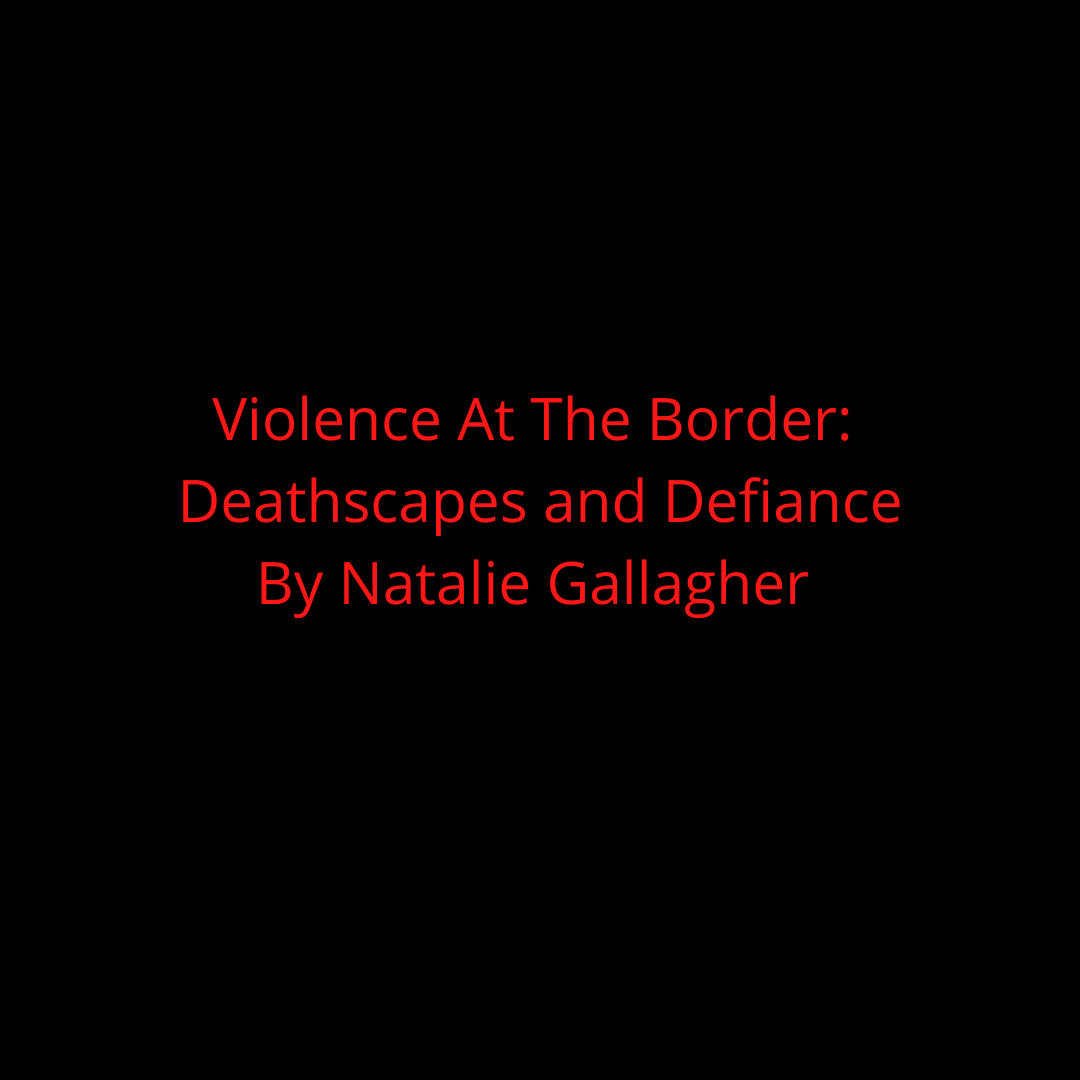With their most recent decision in Egbert v. Boule, the violence required to enforce borders has been expanded in yet another draconian ruling by the Supreme Court. The court has expanded the scope of what is known as the Border Enforcement Zone (BEZ) hardening the ability of the state to use violence and violate basic human rights. A close look at this ruling helps us see how and to what ends borders function to push people to peripheries in a politics of death and exclusion.
The Supreme Court has often ruled in favor of unconstitutional violations of human rights by Immigration and Customs Enforcement (ICE). This latest decision renders invisible millions of persons excluded from so-called protections and rights written in the Constitution. People at the borders face increased vulnerability near the “external borders” in what the court establishes as expanded police powers over “a reasonable distance” within the domain of the state. This new ruling signals a wider reach and function of borders and the carceral system of the state.
Borders manifest and maintain “order” and “regulation” as part of the imperial project of the state. Technologies of control are not only physical and political, but also social and psychological |borders::and::bars| functioning both inside and outside of the territorialized and terrorizing state. The terror required to enforce borders is rendered as a spectacle of security. Border Enforcement Zones are presented in a narrow, isolated, and policed landscape: a “no man’s land between public law and political fact”. The consequences and context of death are hidden..
What are |borders::and::bars| really protecting and securing? Surely, not democracy, or the nation, or us, as they claim; but, instead, the “necropower” to (re)produce and regulate politics and space – through biopolitical structures of disposability and death.
Necropower refers to the ability to dictate who may live and who must die.” Through dispersing political, social, and physical deaths of various degrees, |borders::and::bars| render bodies to varying political categories in differential degrees of “deplorability, mournability, visibility, and otherness. People are cast as either “protected life” or “barely life.” The escalating death tolls of migrants and refugees seeking to enter the United States’ southern border is testimony to the “necropolitics” boldly at play in the nation’s immigration and carceral systems.
Not included in this count are the otherwise slow deaths, slow violences, silent and invisible, enacted daily. These are disregarded violences, unrecognized and thus sanctioned The 100 mile radius of authority along borders creates a 6,371 km radius playground for violence. This deathscape of |borders::and::bars| is drawn and dispersed across space and time.
An autopsy of death at the border should not only examine the final acts that makeover a body into a corpse, but it should give an anatomical telling that traces the system of deaths inflicted on bodies before and after crossing, in all its forms. Borders are deathscapes where ICE can deny any responsibility, and withhold and erase the paper-trail that would otherwise enable us to hold them accountable for their violence.
Necropolitics and political exclusion at borders allows the state to act with impunity to use violence and deal in death, without having to even name those lost. Seeking answers and accountability families are organizing to request third-party autopsies to initiate a paper trail against the erasure and the *(im)materialization of the bodies of loved ones. Such independent reports document the violence carried by bodies before death as well.
Out of a sense of self-respect and a desire for justice collective resistance extends w political mourning, activating and animating the loss of life. Vibrant protests, art, and activism mark a re-emergence honor the person, their life, and their relationships. Through such practices, we truly counter the death and disposability, produced by the cold justification and maintenance of border enforcement zones. Rather than appearing as emotionally wretched bystanders, those mourning in public, demanding public accountability have empowered themselves to become a moving force that extends into the world.” The sacred act of political mourning moves and animates loss in living textures of shadows and death, disassembled and reassembled in different, storied forms”, of flesh and affairs, like a love letter that laments those lost and those who remain.


